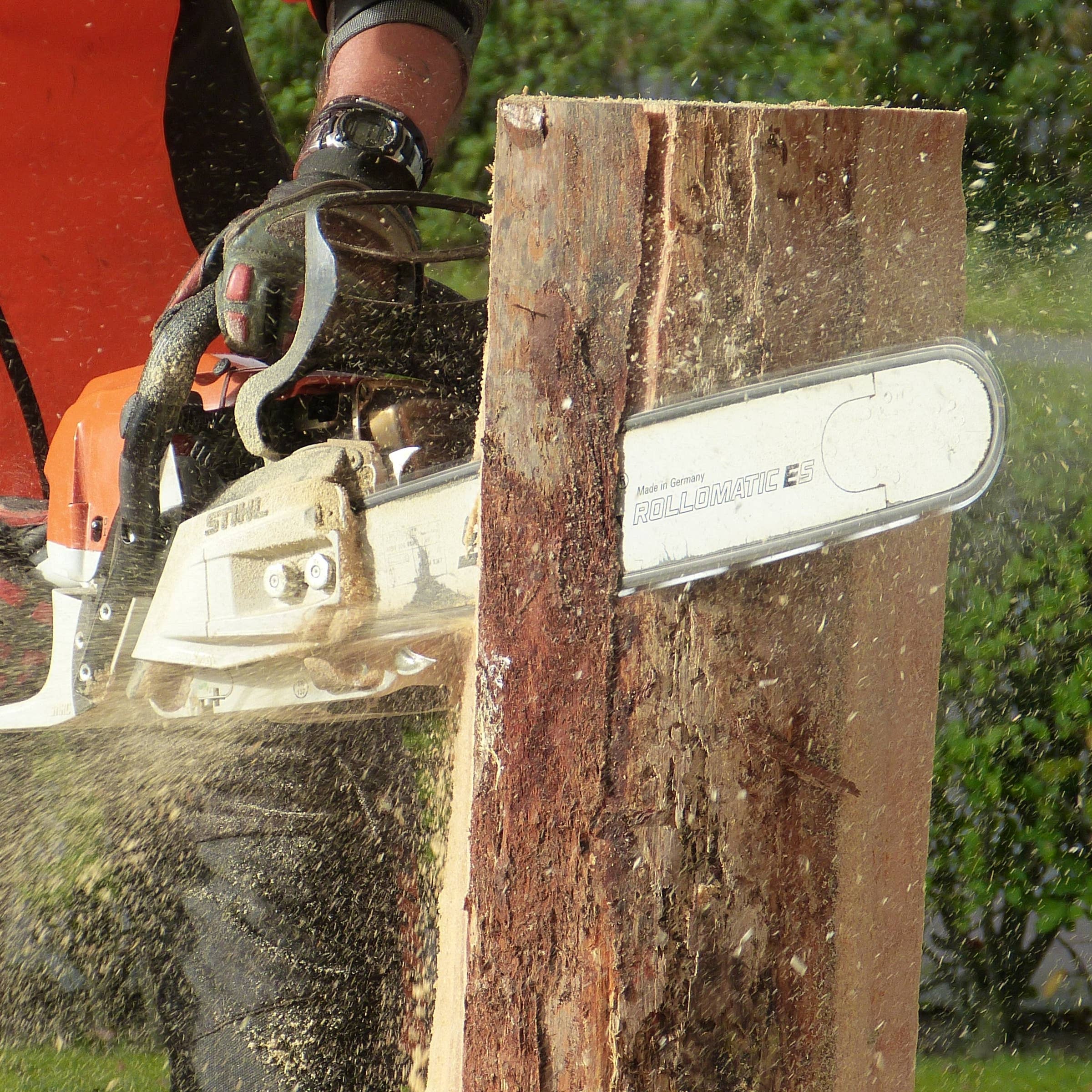Improve The Exterior Of Your Home With These Handy Landscaping Tips.
Have you been wanting to change the landscape of your home for quite a while now, but aren't sure where to start? If you've been wanting some type of change for a little while now, but don't know where to start, then you're in the right place. The tips and advice from this article can help you learn how you can improve your home.
Prior to starting your next project, you should sketch your proposed designs firt. This can let you really imagine the final results. Plus, you'll have a much better sense of the materials needed to move ahead. You can also easily make changes to the sketch, as opposed to making changes to the actual lawn.
Consider why you want to landscape your yard before you begin your project. Are you looking to add beauty? Are you trying to add privacy? Is your goal to reduce the overall maintenance of your property? The answers to these questions can help you to select the right variety of plants, making your landscaping project easier to complete.
As you're paying attention to price, make sure you are considering quality just as closely. You don't want to pay the highest price for your materials and plants. However, remember that with cheaper prices sometimes comes lesser quality and selection. Cut corners where you need to in order to offset other purchases you might need to make as well.
If you are doing a major landscaping project, think about talking with a landscape architect who can give you a fresh perspective on your idea and design. A professional offers you beneficial advice, saves you some time, and helps to greatly lower your costs in the end. With the average cost of an hour long consultation at about $75, it can be an investment that pays for itself handsomely in the long run.
Try to promote deep root growth with your lawn. You can accomplish this through proper fertilization and watering, thatch control, and keeping an eye on the height of your grass. By having deep root growth, you will not have to water your grass as often, and it is less likely to suffer from drought.
If you live in a part of the country that is at risk for wildfires, choose landscaping projects accordingly. For example, trees should be planted at least 100 feet apart. Additionally, large trees should not be planted less than 100 feet from your house or other building structure (garden, shed, workshop, etc.).
If you want to change your landscaping, consider using plants that are native to your area. These types of plants are pests immune and drought resistant. This means you will be using less water for upkeep of your landscaping and less pesticide. It will also help you with lowered fertilizer costs because these plants are adapted to the soil in your area.
Cheaper isn't always better. Since landscaping is so expensive, many may be tempted to buy the cheapest materials out there. This can be a huge mistake and can end up costing you significantly more in the long run. Do your research. Look at reviews, expert opinions and customer feedback before you make a purchase.
Make sure you do real research on the plants you are considering for your landscaping. Look into what requirements each plant has for optimal growth. Furthermore, be sure to understand the amount of attention each type of plant needs, and match plants to fit your lifestyle. A great place to start this research is your local garden center.
Whenever you are planning to take on a landscaping project yourself, it is generally a good idea to talk to a professional first. While you don't have to hire a landscape architect to do your landscaping for you, getting a quick consultation won't cost that much, and it will give you some great information.
Be neighborly. Landscaping equipment is expensive. Before you spend money on it, see if any of your neighbors are interesting in landscaping their yard as well. If they are, suggest that you split the cost of equipment rental. You could save a lot of money by simply taking the time to be sociable.
Do it yourself landscapers would be wise to scatter annual plants throughout their design rather than solely using perennials. Perennials only bloom for short periods of time throughout the year, while annuals will bloom all season allowing your landscape to look more complete, and attractive a majority of the time.
Whether your lawn needs a major overhaul, it is just time to get it growing again in the spring, aeration is a great idea. The aerating process involves punching small holes through the turf to improve soil drainage. If you have a tiny lawn, you can handle aeration with manual tools. For bigger areas, mechanical aerators are available.
It should now be clear that just like any other subject, the more you learn about landscaping, the easier that you can apply all of the information you learn. Use what you learned here and apply outside information, then you should have a good amount of knowledge of how to landscape your home.

